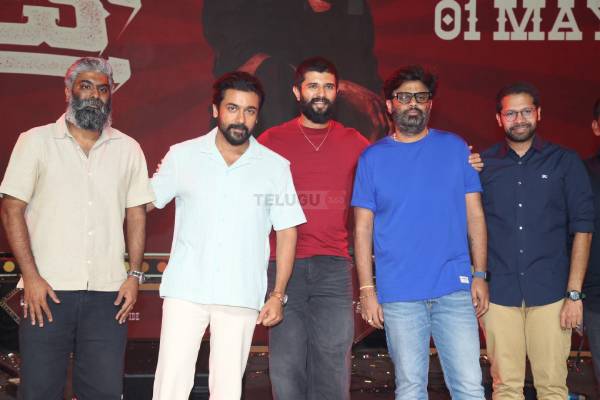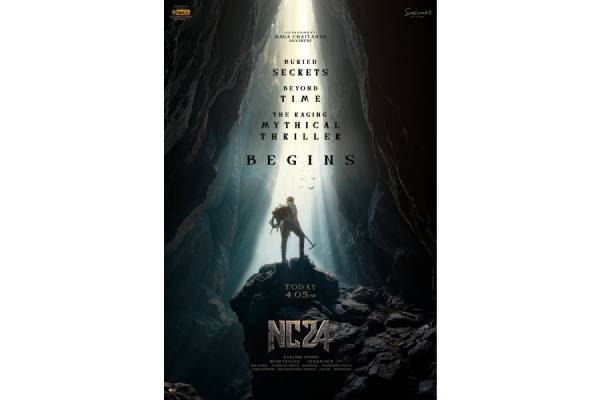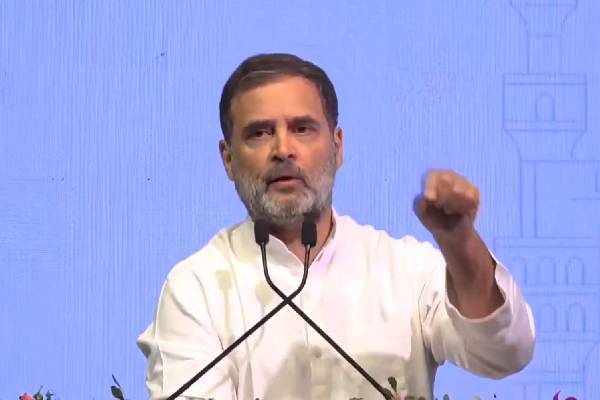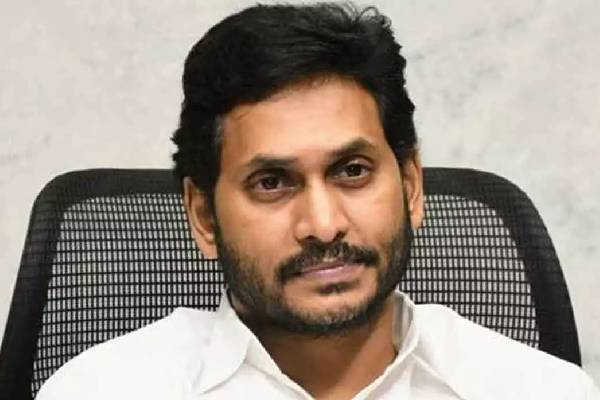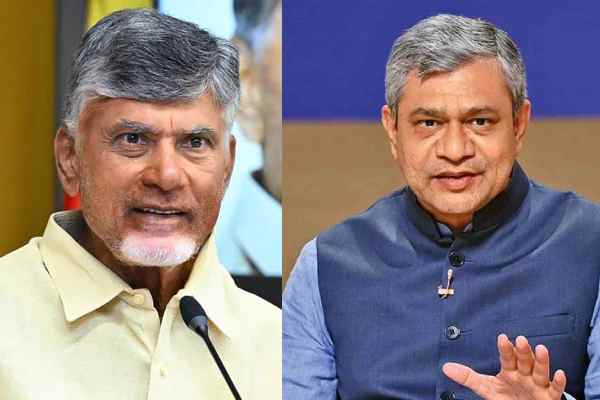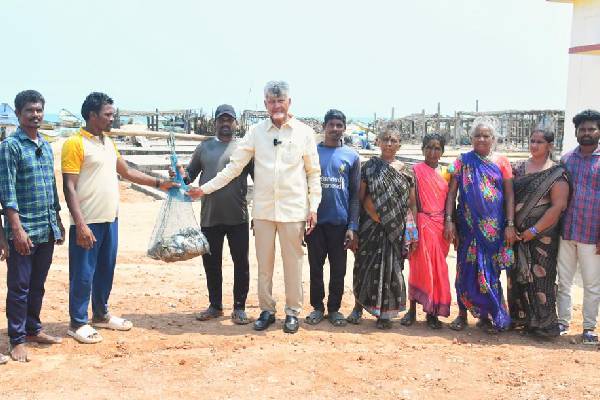In February 2021, the Indian Railways unveiled grand plans for a futuristic, world-class railway station in New Delhi. The then Railway Minister, Piyush Goyal, shared stunning artist impressions of the ₹6,500 crore project, sparking pride among millions. The vision was clear: a station befitting India’s rising global stature. However, these dreams now seem distant after a tragic stampede at the same station claimed 18 lives recently.
Broken Promises
Despite assurances from Railway Minister Ashwini Vaishnaw about decongesting the capital and improving crowd management, the tragedy exposed glaring lapses. Just three days before the stampede, Vaishnaw had reviewed crowd management at Pragati Maidan station via a 24×7 war room in Delhi. Yet, no one noticed the chaos brewing at New Delhi station.
History of Negligence
This isn’t the first time the Railways has faced such a crisis. From the 2016 Kanpur rail accident to the 2023 Balasore tragedy, accountability has often been buried under conspiracy theories or bureaucratic delays. For instance, the CBI’s investigation into the Balasore accident, which killed nearly 300 people, remains inconclusive even after eight months.
No Political Accountability
The opposition has demanded Minister Vaishnaw’s resignation, but history suggests little will change. Ministers rarely step down, and even when they do, they often return to power. Nitish Kumar resigned after the 1999 Gaisal train accident but was back in the cabinet weeks later. Prime Minister Modi, known for his unwavering support for his team, has yet to address the systemic failures plaguing the Railways.
Chandrababu Naidu’s Style of Politics: A Lesson in Accountability
Andhra Pradesh’s Chief Minister Chandrababu Naidu has long been known for his hands-on, tech-savvy approach to governance. He doesn’t just rely on grand announcements; he ensures his ministers and officials deliver results. His method includes rigorous performance tracking, direct citizen feedback, and real-time monitoring of government projects.
During the Vijayawada floods, Chandrababu Naidu introduced an innovative IVRS (Interactive Voice Response System) to contact affected citizens every six hours. The system asked people about the timeliness of relief materials and their satisfaction with the government’s efforts. This direct feedback mechanism kept his team accountable and built public trust.
Chandrababu Naidu also ranks his ministers based on their performance, transparency, and responsiveness to public grievances. In one such ranking, he placed himself at sixth, his son Nara Lokesh at eighth, and his deputy CM Pawan Kalyan at tenth, showcasing his commitment to merit over hierarchy. This approach ensures that no one in his administration can afford to be complacent.
While Modi’s government remains popular, incidents like the New Delhi stampede highlight the need for greater accountability. The Prime Minister could take a page from Chandrababu Naidu’s playbook by implementing similar feedback systems and performance-tracking mechanisms at the national level. Such measures would send a strong message that governance is about delivering results, not just making promises.
The New Delhi stampede is a grim reminder that governance cannot rely solely on grand visions. It demands accountability, transparency, and swift action to prevent such tragedies in the future. Learning from leaders like Chandrababu Naidu could be the first step toward rebuilding public trust and ensuring that such failures are not repeated.





















